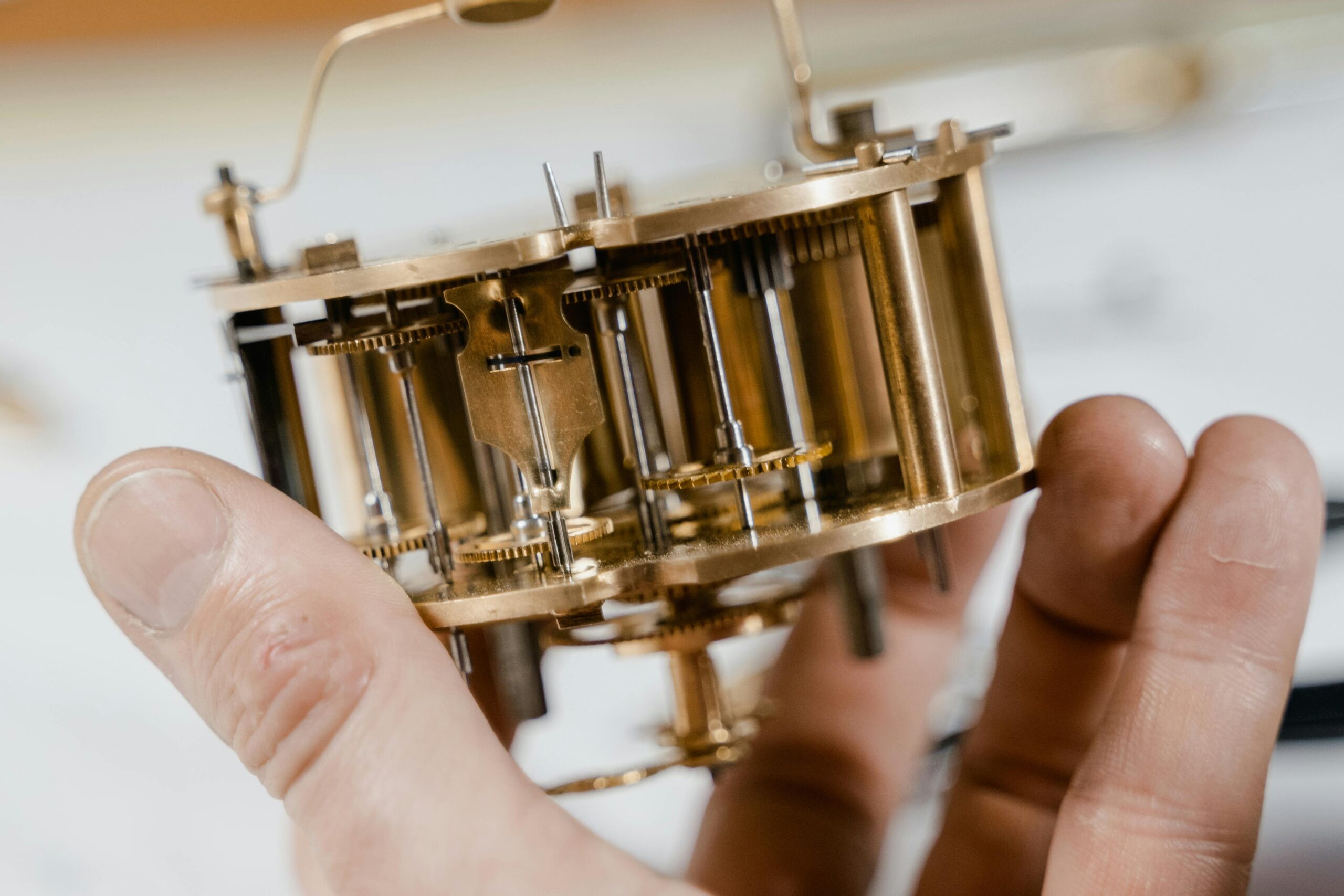What is copyright? For the first time, the importance of protecting intellectual property became recognized at the Paris Convention for the Protection of Industrial Property in 1883 and the Bern Convention for the Protection of Literary and Artistic Works in 1886. Both treaties are administered by OBPI, as dealt with in the previous chapter. Intellectual property law deals with the rules for securing and enforcing legal rights to inventions, models and works of art.
Just as the law protects the ownership of personal property and real estate, it also protects the exclusive control of intangible assets. From their works without fear of being abused or copied by others. But what is copyright in itself? Copyright includes a set of rights that are assigned to creators for their work in particular creativity or the creation of a literary, scientific or artistic work. The copyright belongs to the very fact of the nature of the work. To enjoy copyright protection, no prior completion of any administrative formalities is required.
Authorizes moral and economic rights related to his work from the time the work was created, including:
- exclusive personal authorizations to protect the inviolability of the author’s work and the author’s personality (i.e., moral copyright rights),
- Unique economic permissions to protect the financial interests of the author (economic rights of the author),
- other copyright (other copyright).
This set of rights is intended to protect copyright, the various misappropriations, exploits, and abuses that may threaten the copyright work, primarily to preserve the originality of the job without excluding the protection of the economic interest of the author, which may to serve as a stimulus to general creativity, and thus to the development of society itself. In other words, copyright helps to balance the interests of copyright owners with the public benefits to advance culture.
For work or creator to be the subject of copyright, it must, of course, meet one or more of the specified conditions. Initially, what makes a work special and the object of protection is the creativity, that is, the original character that the work must have as well as the materialization of the work. The latter is specified in the Bern Convention “On the protection of literary and musical works”, which clearly states that it must be the laws of the States which exclude the general creations from protection if they are not materialized. On the other hand, if we were to compare it with our legislation, it would find application in Article 1 of copyright law.
With the 2016 amendments, this law recognizes, protects and guarantees authors a safe environment and opportunities to benefit from the work of their work. The author finds himself protected in this law, especially for the legal guarantees it gives, which makes intellectual property work in the interests of the creators and is the necessary document to extend and develop their creative activity.









